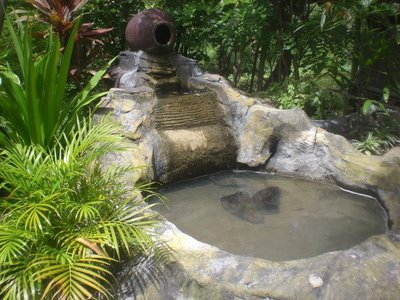Scientific Name: Danio rerio
Family: Cyprinidae
Origin: Eastern India
Adult Size: 2 inches (6 cm)
Social: Peaceful, suitable for community tanks
Lifespan: 5 years
Tank Level: All levels
Minimum Tank Size: 5 gallon
Diet: Omnivore, eats most foods
Breeding: Egglayer
Care: Easy
Description:
Among the most hardy and active of aquarium fish, the Zebra Danio is easily recognized by its distinctive horizontal stripes. Blue-purple horizontal stripes run from gill to tail, setting off the slim compressed silver-gold body of this attractive fish.
Their small size of the Zebra Danio, no more than two and half inches, and peaceful nature, make them well suited to a community aquarium. Both sexes have two pairs of barbels and the same stripes, but females are usually larger and more full-bodied than the males.
Albino, veil tailed, and long finned Zebra Danio varieties are available, as well as a popular leopard variety. The leopard variety is characterized by a copious sprinkling of black spots over the entire body. All varieties thrive in schools.
Habitat/Care:
Zebras are primarily surface dwelling fish that favor moving waters. Technically they are considered cold-water fish, preferring water in the 64-75 degree range. However, they will adapt to a wide range of water conditions.
They should be provided with plenty of lighting and an open swimming space, together with some vegetation.
Diet: (Pakan)
Zebra Danios are omnivorous, accepting almost any foods. Although undemanding in diet, they particularly enjoy small live or frozen inverts, and fresh vegetable matter.
Breeding: (Cara berkembang biak)
Zebra Danios are ideal for beginners, as they are prolific breeders. A unique quality of the Zebra Danio is that as they are quite loyal to their chosen mate. Mated pairs remain together for life, and rarely spawn with others, even if one mate dies.
The breeding tank should be set up with shallow water, approximately six inches deep. Furnish the tank with fine-leafed plants or a spawning grid on the bottom. Course gravel works well, as the eggs will fall between the gravel pieces and will be protected from the adult fish, which will readily eat their own eggs.
Spawning requires temperatures of up to 78 degrees, and can be triggered by raising the water a couple of degrees near dawn, when spawning normally occurs. 300 to 500 eggs will be scattered across the bottom and on the plants. Remove breeders after spawning, as they will consume the young.
The fry will hatch in two days. Fry are very tiny, and can easily be lost when changing water, so take care when maintaining the grow-out tank. Feed the young commercially prepared fry food, or finely crushed dry foods. Powdered egg may also be added to the fry food to promote growth.
Wednesday, June 2, 2010
Subscribe to:
Post Comments (Atom)



No comments:
Post a Comment